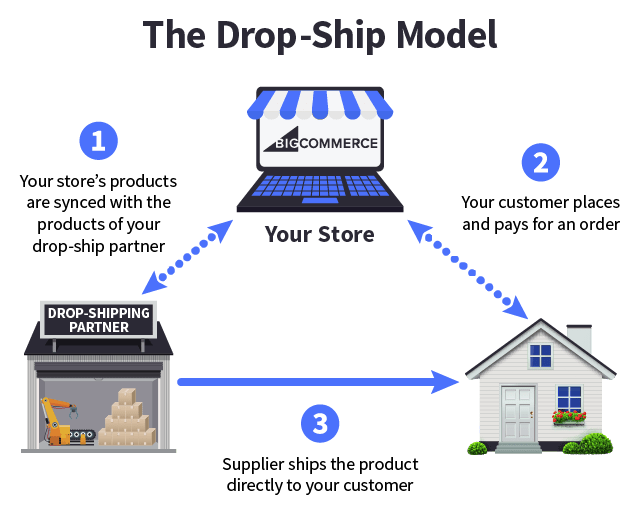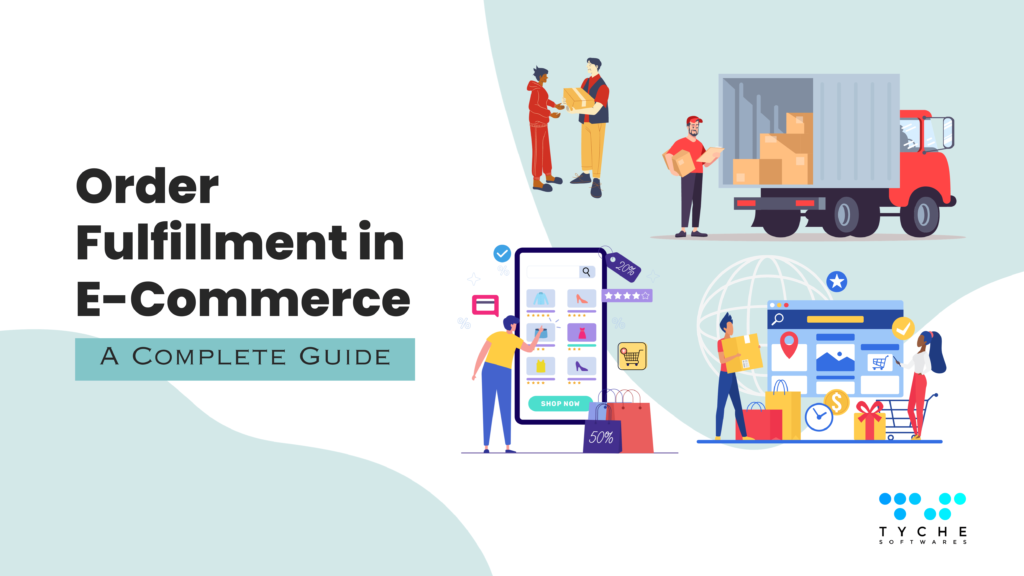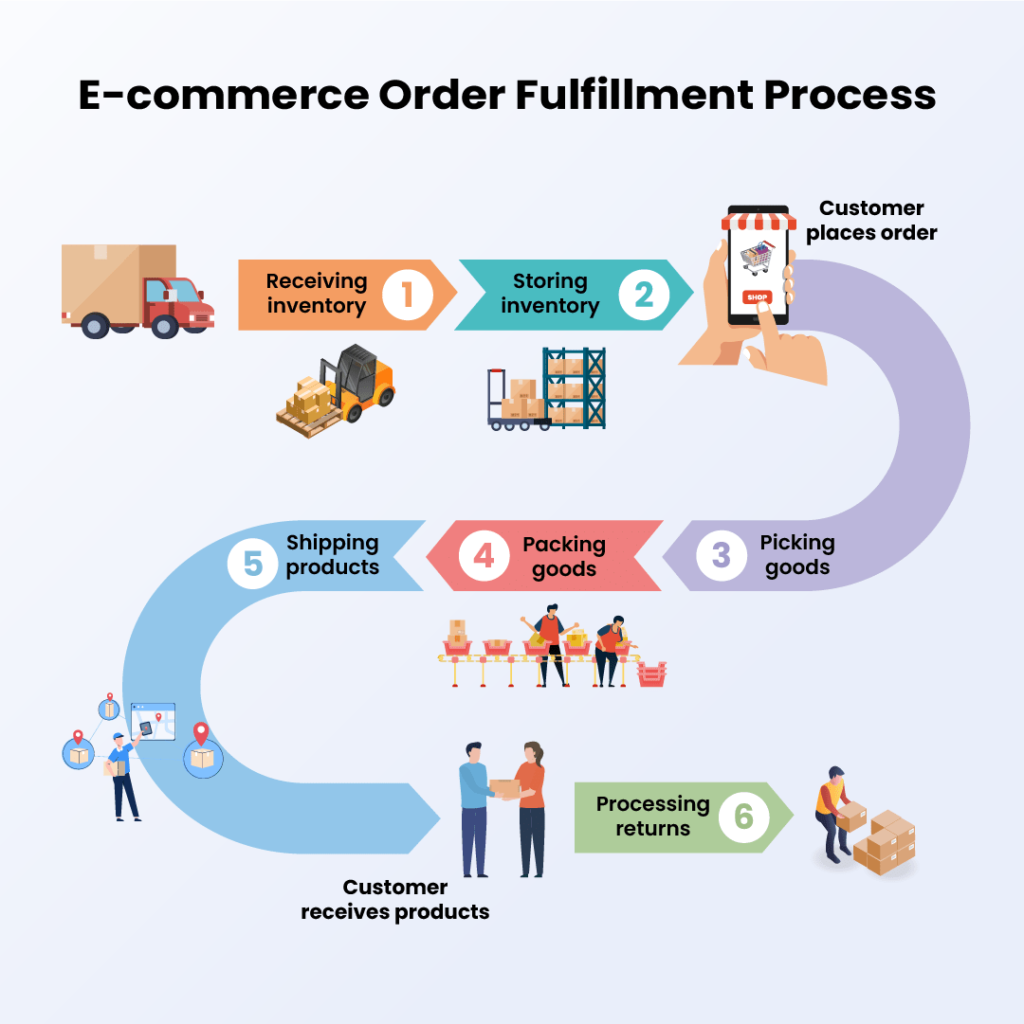Welcome to the world of e-commerce fulfillment! In this article, you will learn the best strategies for choosing the ideal shipping option for your online business. From weighing the costs and delivery times to considering customer preferences, we will explore how to master e-commerce fulfillment and provide a seamless shopping experience for your customers. Whether you’re a small startup or a well-established online retailer, these tips will help you navigate the world of shipping and set your business up for success. Let’s get started on optimizing your shipping strategy! Have you ever struggled with deciding on the best shipping option for your e-commerce business? With so many choices available, it can be overwhelming to determine which method will best suit your needs. Whether you’re a small business just starting out or a well-established online retailer looking to optimize your fulfillment process, finding the right shipping strategy is crucial for the success of your business. In this article, we’ll explore various strategies for choosing the best shipping option for your e-commerce fulfillment needs.

Understanding Your Shipping Needs
Before you can choose the best shipping option for your e-commerce business, it’s essential to understand your shipping needs. Consider factors such as the size and weight of your products, your target market, and your budget. Are you shipping small, lightweight items to customers across the country, or are you delivering larger, bulkier products to a local audience? By assessing your shipping requirements, you can narrow down your options and select a shipping strategy that aligns with your business goals.
Take a look at the following aspects to better understand your shipping needs:
- The size and weight of your products
- Your target market and their location
- Your shipping budget and cost considerations
Shipping Options: A Comprehensive Guide
When it comes to e-commerce fulfillment, there are several shipping options to choose from. From traditional carriers like FedEx and UPS to newer services like ShipBob and Shippo, each option has its advantages and drawbacks. To help you make an informed decision, let’s take a closer look at the various shipping options available to e-commerce businesses.
Below are some common shipping options for e-commerce businesses:
| Shipping Option | Description | Pros | Cons |
|---|---|---|---|
| FedEx | A well-established carrier with a global presence | Fast delivery times, reliable tracking | Higher shipping rates |
| UPS | Another popular carrier known for its reliability | Extensive service coverage, good customer support | Limited weekend delivery options |
| USPS | The United States Postal Service offers affordable shipping solutions | Cost-effective, flat-rate options | Slower delivery times for some services |
| DHL | A global carrier specializing in international shipping | Expedited international delivery, real-time tracking | Limited domestic service coverage |

Choosing the Right Shipping Strategy
Now that you have a better understanding of your shipping needs and the various shipping options available, it’s time to choose the right shipping strategy for your e-commerce business. The key is to find a balance between cost, speed, and reliability to provide a positive shipping experience for your customers.
Here are some tips for choosing the best shipping strategy:
-
Evaluate your shipping priorities: Determine whether cost, speed, or reliability is most important to your business, and prioritize accordingly.
-
Consider customer expectations: Take into account your customers’ preferences for shipping speed and cost, and tailor your strategy to meet their needs.
-
Negotiate with carriers: If you have high shipping volumes, consider negotiating rates with carriers to secure discounts and reduce costs.
-
Utilize shipping software: Invest in shipping software like ShipStation or Easyship to streamline your fulfillment process and compare rates from multiple carriers.

Implementing a Fulfillment Strategy
Once you’ve selected the best shipping option for your e-commerce business, it’s time to implement a fulfillment strategy that will ensure efficient order processing and delivery. From order management to packaging and shipping, every step of the fulfillment process plays a crucial role in providing a seamless customer experience.
Follow these steps to implement an effective fulfillment strategy:
-
Optimize your order management: Use an e-commerce platform like Shopify or WooCommerce to manage orders, track inventory, and streamline fulfillment processes.
-
Standardize your packaging: Choose packaging materials that are cost-effective, durable, and eco-friendly to protect your products during shipping.
-
Automate shipping processes: Use shipping automation tools to generate shipping labels, calculate rates, and schedule pickups to save time and reduce errors.
-
Track your shipments: Keep customers informed about the status of their orders by providing real-time tracking information and updates on delivery times.
Measuring Success and Making Adjustments
After implementing your chosen shipping strategy and fulfillment process, it’s important to measure the success of your efforts and make adjustments as needed. Tracking key performance indicators (KPIs) such as shipping costs, delivery times, and customer feedback can help you identify areas for improvement and optimize your shipping strategy for maximum efficiency.
Here are some KPIs to monitor when evaluating your shipping strategy:
-
Shipping costs: Compare your actual shipping costs to your budgeted expenses to ensure profitability.
-
Delivery times: Track the time it takes for orders to reach customers and identify opportunities to shorten delivery times.
-
Customer feedback: Gather feedback from customers about their shipping experience and use it to make improvements to your fulfillment process.

Conclusion
Choosing the best shipping option for your e-commerce business is a critical decision that can impact customer satisfaction, operating costs, and overall business success. By understanding your shipping needs, exploring different shipping options, and implementing a strategic fulfillment process, you can optimize your shipping strategy and provide a seamless experience for your customers. Remember to regularly evaluate your shipping performance, make adjustments as needed, and always prioritize customer satisfaction in your e-commerce fulfillment process. Mastering e-commerce fulfillment is an ongoing process, but with the right strategies in place, you can set your business up for success in the competitive world of online retail.
